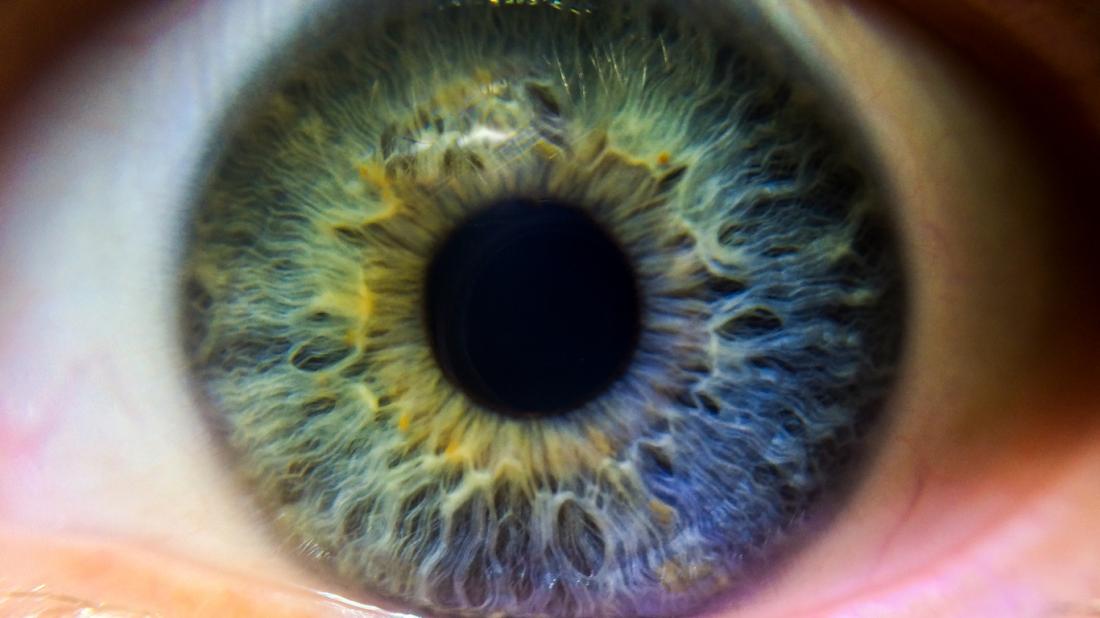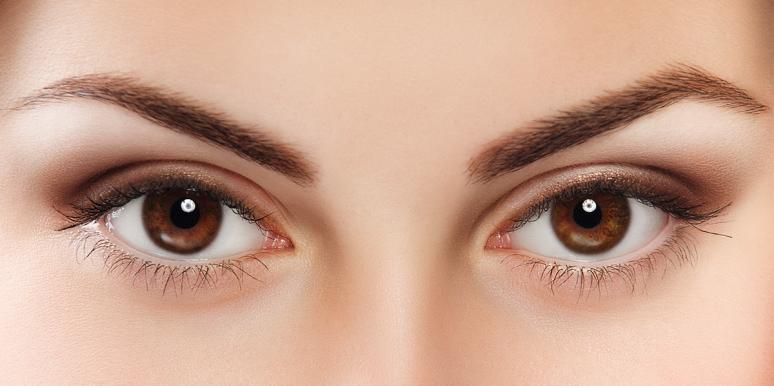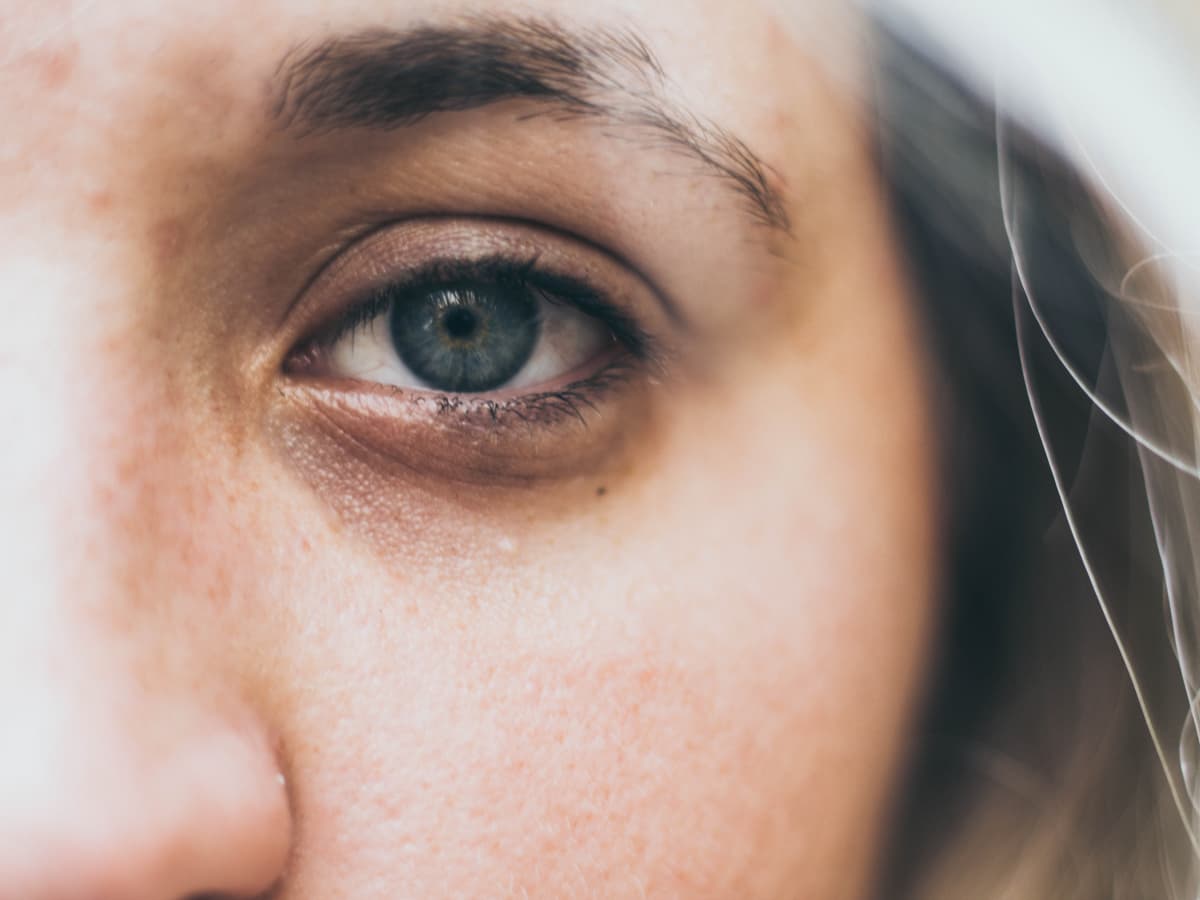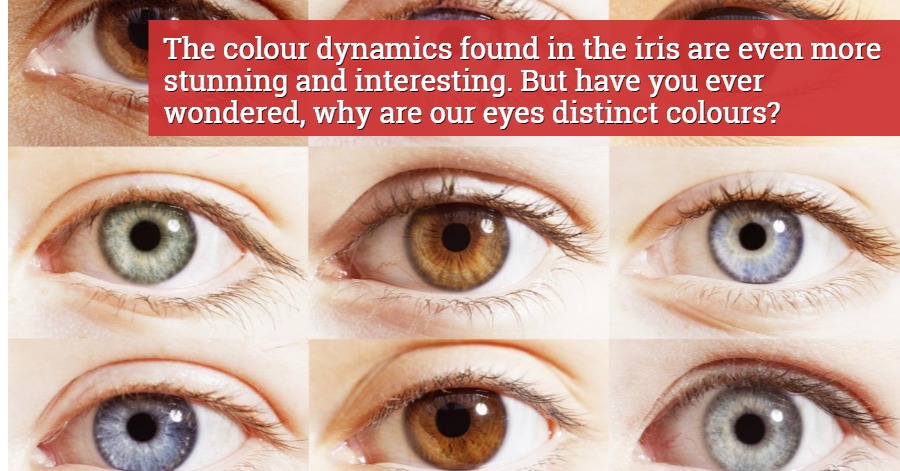The eyes are an enchanted feature of the human body. We perceive the world through our eyes. It’s about more than just seeing; it’s about judging depth, colour, and distinguishing objects with even the smallest bit of light.
The colour dynamics found in the iris are even more stunning and interesting. But have you ever wondered, why are our eyes distinct colours? Or, to put it another way, why is there colour at all? Let’s start with the fundamental of the eye.
The Iris

Pigmentation determines the colour of our eyes, just as it does our skin. To begin, let’s look at the source of the colour, which is the iris. Behind the outer cornea is the iris, a ring-like and flat membrane. The pupil and this muscular tiny membrane work together to control the amount of light that enters the eye. Vision can be harmed or even destroyed if there is too much or too little light.
Eye colours have been classified into nine groups by science, and up to 16 genes have been linked to eye colour inheritance. Because the iris is responsible for filtering the light that enters our eyes, it’s understandable that it would require protection. Melanin, which is found in both humans and animals, provides this protection. Tyrosine, a kind of amino acid, is used to make melanin. Melanin pigments absorb light and filter it away from more sensitive regions of the body, often ranging from black to brown. This shielding extends to our DNA, shielding it from the sun’s UV rays. Melanin can be found in the hair, the eye, the skin, and even sections of the inner ear and brain!

Do you know that all human eyes are actually brown? Our eyes appear to be blue, green, or hazel in colour, although these pigments are never found in the human eye. It all boils down to how much melanin is there in the iris. The darker the eye colour, the more melanin in the iris.
The majority of people on the planet will develop brown eyes. Blue and grey are the next most prevalent colours, with green being the most uncommon. Ages ago, everyone’s eyes were brown, and the earliest humans on the planet had a lot of colour in their eyes. However, genetic changes began to impact some genes, resulting in a reduction in the number of brown pigments produced in the iris’s front. It’s a complicated phenomenon, but diminished pigments, textures within the iris, blood vessels, and fibrous tissue all reflect light back as blue. Green, grey, and olive are intermediate colours created by more pigment than blue eyes but less pigment than brown eyes. There are so many different hues of eyes to see these days that scientists have added numerous gradients to their colour scale in addition to blue, green, and brown.

Also, did you know that as you age, your eye colour changes? The majority of people’s eye colour is fixed from around the age of one, although some people’s eye colour fluctuates. Horner’s syndrome and pigmentary glaucoma are two disorders that can cause a change in colour. Horner’s syndrome is an uncommon disorder caused by injury to the string of nerves that control pupil dilation and eyelid lifting. Horner’s disease can cause a lighter iris in the affected eye. In contrast, pigment glaucoma causes the iris to seem darker. Pigment shedding is responsible for the shift in colour. Furthermore, some glaucoma eye medications might cause the eye to darken.
Superstition About Eye Colour

On a related note, it’s interesting to notice that eye colour has long been a source of superstition. The mystical belief is that the eyes are the windows to the soul, and that eye colour reveals a person’s abilities. The following are some personality traits linked to eye colour:
- Blue-eyed people have rich imaginations.
- Those with green eyes have sharp minds
- Hazel eyes indicate passionate souls.
- People with brown eyes are calm but have underlying passion.
Given how difficult it is for each person’s eyes to acquire their colour, it’s not surprising that certain unusual and unusual colourations appear from time to time. However, if your eye colour has abruptly changed and you’ve observed a significant difference, see your eye doctor right once. This sudden change could indicate a more serious problem, which your eye specialist can evaluate and treat.
Sources:Marano Eye Care, VSP, Lenstore, ThoughtCo,









Leave a Comment